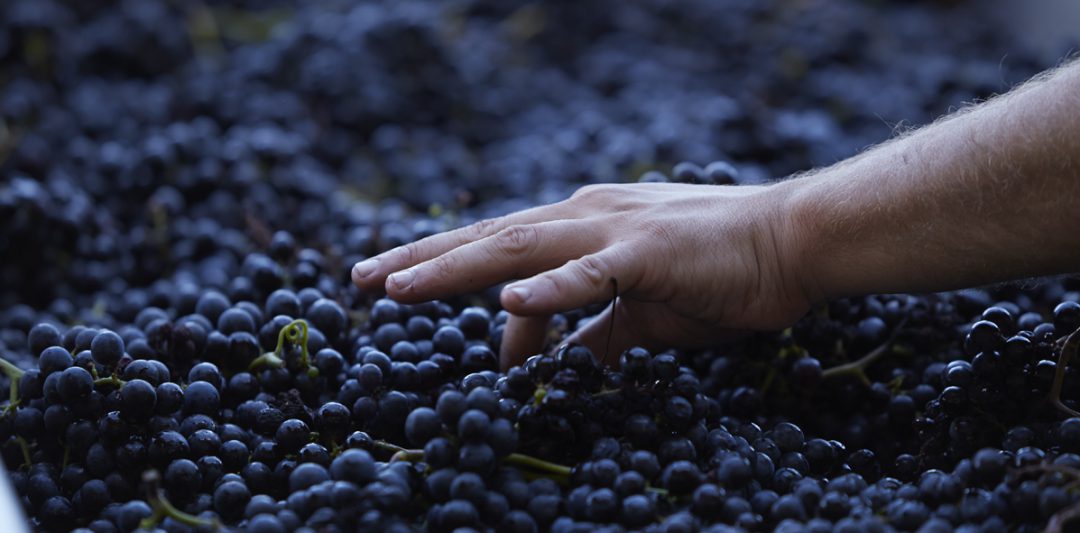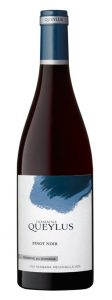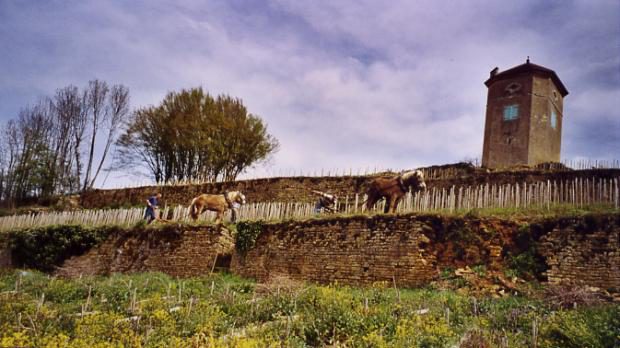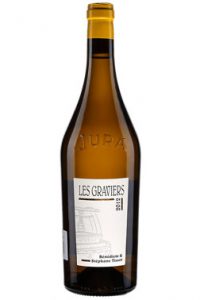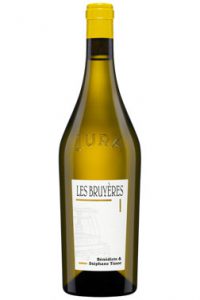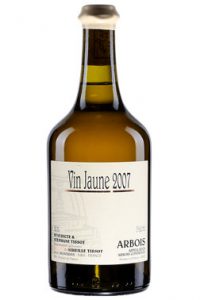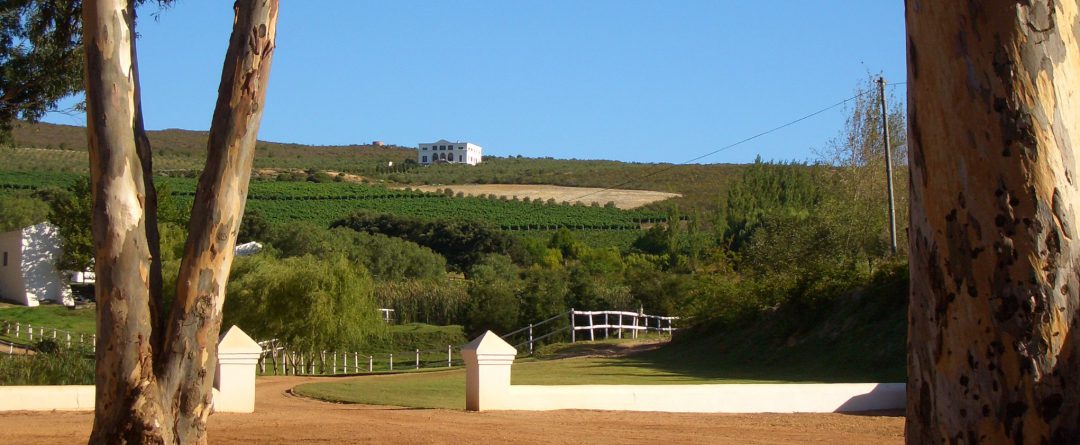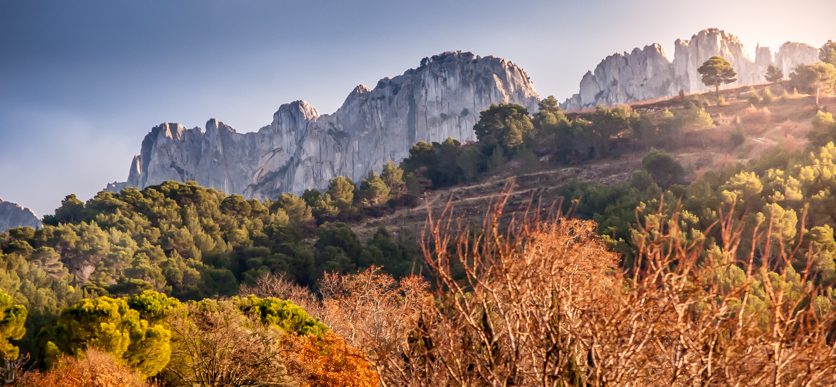Photo credits: Domaine Queylus
If you have been following my blog for any length of time, you will know that I come from a family of unabashed wine snobs. Our saving grace, and the reasons we still have any friends willing to imbibe with us, is our ability to revise our initial judgement calls.
Through out my childhood, my parents hosted an annual mulled wine party, and their well-mannered guests always came bearing gifts. I still remember my father snickering at bottles of Niagara wine received in the 1990s. They went into the “cooking wine” stock without a backward glance.
I was therefore duly shocked when, on a visit home from Burgundy 10 years later, he served me a Château des Charmes Chardonnay, declaring it ‘not half bad’. And he was right.
It wasn’t until 2009 however that I made my first visit to the vineyards of Niagara. The company I was then working for in Gigondas had just merged with the large Burgundian négociant firm: Boisset, and my new colleagues insisted that I visit their Ontario estate: Le Clos Jordanne.
I will admit that I went into the visit with low expectations. Our appointment was for early afternoon, and we had tasted some pretty green, over oaked wines over the course of the morning. Pulling up outside a glorified shed made of corrugated iron did little to assuage my doubts. However, just 2 or 3 barrels in to our tasting, my opinion was radically altered. Here was elegant, expressive, balanced Pinot Noir that could ably hold its own on the world stage.
And I was far from the only enthusiast.
A group of friends and wine lovers from Québec were also following the successes of the Clos Jordanne, and its talented, Québecois winemaker Thomas Bachelder, with interest. So much so that they decided to pool their resources and purchase a 10-hectare orchard in 2006 at a site near Beamsville in the Lincoln Lakeshore appellation.
Armed with the knowledge that the choices made when preparing to plant a vineyard will dictate the quality produced for years to come, this band of brothers pulled out all the stops. Internationally renowned vineyard consultant Alain Sutre was called in to perform detailed soil analyses; to determine what to plant and where.
Though the project was intially set to be dedicated to Pinot Noir, the variable soils called for greater diversification. A pocket of heavy blue clay, similar to that found in Pomerol, was planted to Merlot. A cooler site, near the lake, was given over to Chardonnay.
Thomas Bachelder left the Clos Jordanne, and joined the Queylus team early on, as consultant, head winemaker and estate manager. He brought with him a wealth of experience and an uncompromising ambition to craft balanced, elegant wines in tribute to his years in Burgundy, though with a clear sense of Niagara terroir.
Today, the estate consists of 16 hectares spread across three appellations: the intial plot at Lincoln Lakeshore near Beamsville, Twenty Mile Bench near Jordan, and Vinemount Ridge in St Ann’s.
Over a sumptuous lunch at the always fantastic La Chronique restaurant in Montréal, I had the opportunity to taste the 2011, 2012 and 2013 Pinot Noirs from each of the three tiers of Domaine Queylus’ range. Much like in Burgundy, Queylus has segmented their wines into a Villages level (called “Tradition”), and Premier Cru level (“Réserve”) and a Grand Cru bottling (“Grande Réserve”).
My notes as follows:
(What do VW, PW and LW mean? Click on my wine scoring system to find out)
Pinot Noir Tradition 2013 – 89pts. PW
Fragrant red berrry and cranberry notes on the nose, underscored by hints of white pepper. Lovely balance of crisp acidity, medium body and tangy, just ripe fruit flavours. Silky tannins. Easy drinking and fresh.
Where to buy: LCBO (29.95$), SAQ (31.00$)
Pinot Noir Tradition 2014 – 88pts. PW
Moderately intense red cherry, red berry and eucalyptus notes on the nose. Firmer and fuller bodied than the 2013, with a tightly knit structure and somewhat chewy tannins. Subtle cedar, spice notes linger on the finish.
Where to buy: coming summer 2017
Pinot Noir Réserve 2011 – 93pts. LW
I particularly like this vintage for its lightness of body, purity of fruit and freshness. Local growers might not agree however, given the challenges the poor growing season weather presented, and the heavy sorting that quality-minded estates like Queylus were obliged to undertake.
The nose is initially quite subdued, but shows lovely complexity upon aeration, with pretty raspberry, red cherry, floral, spice and tea leaf notes. Silky on the palate, with vibrant acidity and bright fruit flavours. The finish is long and layered, with well integrated oak and lovely fruit.
Where to buy: stocks running low, enquire in stores
Pinot Noir Réserve 2013 – 94pts. LW
Intriguing aromas of red cherry, red berry, musc and potpourri abound on the nose. The palate is crip, full bodied and firm, with an attractive velvetty texture and concentrated red berry flavours. Moderately chewy, yet ripe tannins frame the finish. Spicy, toasted oak lends further complexity on the long finish. Good, mid-term cellaring potential.
Where to buy: SAQ (47.25$), LCBO (coming soon)
Pinot Noir Grande Réserve 2011 – 93pts. LW
Elegant notes of violets, red cherries, dark fruits and a hint of white pepper define the nose. This fresh, medium bodied cuvée is moderately firm, with fine grained tannins and highly concentrated fruit flavours, with underlying savoury nuances. Vibrant, lifted finish. Ready to drink.
Where to buy: 1st vintage for the Grande Réserve tier; likely out of stock. Enquire with domaine.
Pinot Noir Grande Réserve 2012 – 94pts. LW
A riper, richer vintage than the 2011 or 2013, this 2012 Grande Réserve features sweet spice, stewed strawberry, ripe red cherries and subtle earthy notes on the nose. Full bodied and fleshy on the palate, with intense candied red fruit and oaked flavours (cedar/ spice). Quite tannic and taut on the finish, this vintage needs time in cellar to unwind.
Where to buy: SAQ (62.50$), LCBO (60.00$)
Pinot Noir Grande Réserve 2013 – 95pts. LW
A beautifully balanced, lovely wine all around. Just ripe strawberry and raspberry aromas are enhanced by chalky minerality and subtle tomato leaf nuances. Bright acidity lifts the firm structure and fine grained texture. Wonderfully vibrant, juicy fruit flavours play across the mid-palate and linger long on the layered finish. Great oak integration. Superior ageing potential. Bravo!
Where to buy: SAQ (set for an August 2017 release), LCBO (coming soon)
Cabernet Franc/ Merlot Réserve 2012 – 90pts. PW
Classic Cabernet Franc aromatics of bell pepper and just ripe raspberries feature on the nose, with deeper, riper cassis notes developping upon aeration. Fresh, full bodied and moderately fleshy across the mid-palate. Needs some time for the oak flavours to fully integrate. Highly drinkable.
Where to buy: SAQ (37.00$)

